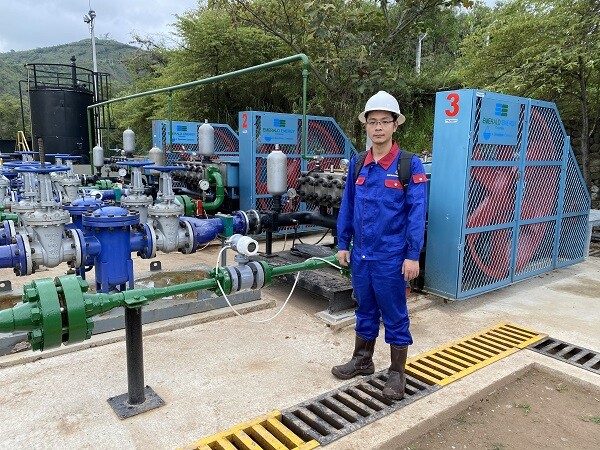
Mud Pumps vs. Traditional Pumps: Which One Wins for Your Project?
Choosing between mud pumps and traditional pumps can make or break your industrial project. As a leading manufacturer of high-pressure pumps including polymer pumps and injection pumps, Weifang Shengli Petrochemical Machinery explains the critical differences. Whether you're a field operator, technical evaluator, or decision-maker, understanding these pumping solutions' unique advantages ensures optimal performance in petroleum, chemical, and energy applications.
1. Core Differences: How Mud Pumps Outperform Traditional Models
Mud pumps represent a specialized category of high-pressure reciprocating pumps engineered for extreme conditions. Unlike conventional centrifugal pumps that struggle with abrasive fluids, our triplex mud pumps feature hardened plungers (HRC≥60) and chromium-plated liners that withstand 5,000+ PSI pressures in drilling operations. The key distinction lies in their ability to handle solids-laden fluids containing up to 25% particulate matter – a scenario where traditional pumps would suffer rapid impeller erosion. For polymer injection applications, our patented valve design reduces shear degradation by 40% compared to standard models, preserving molecular weight integrity in enhanced oil recovery projects. Technical evaluators should note the 30% higher mean time between failures (MTBF) documented in API 7K-compliant field tests.
2. Industry-Specific Applications: Where Each Pump Excels
In shale gas fracturing operations, our 2,200HP mud pumps deliver 98% volumetric efficiency at 5,000 PSI – a critical requirement when pumping proppant-laden fluids into horizontal wells. Contrast this with water injection projects where multistage centrifugal pumps may suffice for low-viscosity fluids. Decision-makers evaluating coalbed methane extraction should consider that our plunger-style mud pumps maintain stable flow rates despite fluctuating gas interference, whereas traditional designs experience vapor lock above 15% gas volume fraction. The table below illustrates optimal applications:
- Mud Pumps: Drilling fluid circulation, hydraulic fracturing, cementing, deepwell disposal
- Traditional Pumps: Water supply, HVAC systems, light chemical transfer
- Hybrid Solutions: Polymer injection pumps combining mud pump durability with precision metering
3. Total Cost Analysis: Beyond the Purchase Price
Field operators often underestimate the lifecycle costs of pump selection. While traditional pumps may have 20-30% lower upfront costs, our case study with a Permian Basin operator revealed mud pumps reduced maintenance expenses by $18,000/month through:
- Eliminating daily impeller inspections
- Extending seal replacement intervals from 2 weeks to 6 months
- Reducing power consumption by 15% through optimized pulsation dampeners
For polymer flood projects, the ability to maintain consistent viscosity translates to 8-12% higher oil recovery rates – a financial impact far exceeding pump costs. Technical evaluators should request our ROI calculator spreadsheet comparing 5-year ownership costs across pump types.
4. Common Selection Mistakes and How to Avoid Them
Many operators mistakenly select pumps based solely on flow rate specifications without considering:
- Fluid Characteristics: pH, abrasiveness, gas content
- Duty Cycle: Continuous vs. intermittent operation
- Environmental Factors: Desert heat, marine corrosion
Our engineers recently corrected a North Sea project where traditional pumps failed within weeks due to unanticipated sand content. The retrofit with our API 7K-certified mud pumps has operated flawlessly for 14 months. Always consult our application checklist before finalizing specifications.
5. Why Choose Weifang Shengli Petrochemical Machinery
With 18 patented technologies in high-pressure pump design, we deliver solutions where others see impossibilities. Our mud pumps feature:
- Field-proven reliability in 37 countries
- Custom configurations for extreme environments (-40°C to +175°C)
- 24/7 technical support with 4-hour response guarantee
Request your personalized pump evaluation today. Contact our engineering team to discuss how our polymer pumps, injection pumps, and mud pumps can optimize your operations.
